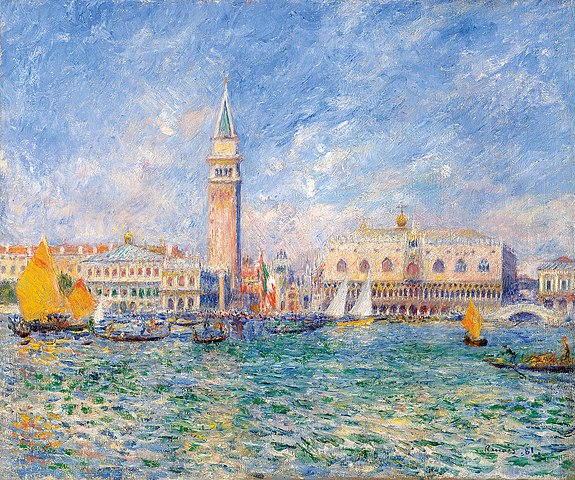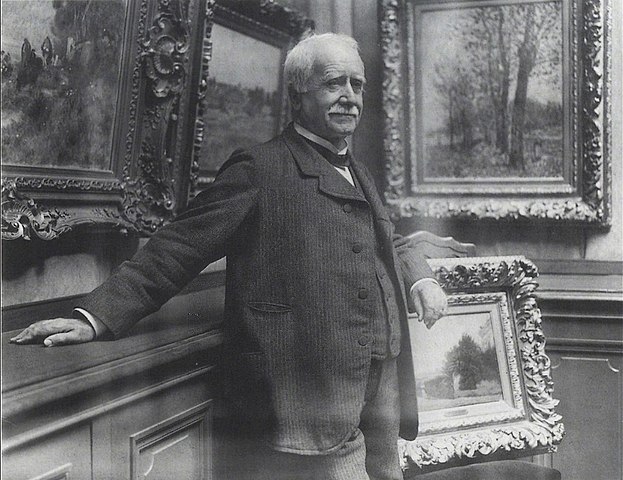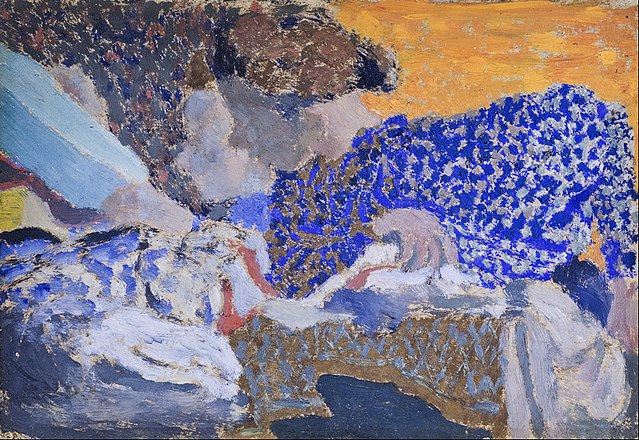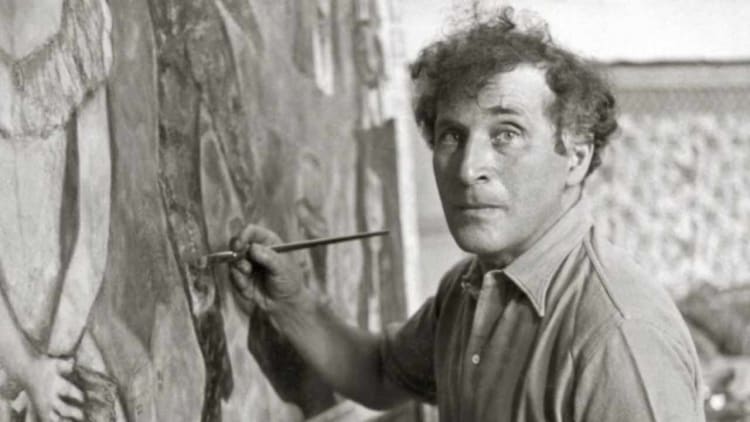This movement overturned the established order in art at the end of the 19th century. The Impressionist painters proposed a new form of painting that marked a break with the modern art and academic painting of the time.
Art Shortlist offers you an insight into this movement through 5 key elements.

1 - The birth of the Impressionist movement
The term "impressionism" was invented by the art critic Louis Leroy in 1874. He wrote a mocking article entitled L'exposition des impressionnistes in which he recounted his visit to the photographer Nadar's studio in Paris where the group's first exhibition was held.

Impression, soleil levant, Claude Monet, 1872
Here it was possible to admire Impression, soleil levant, a painting by Claude Monet from 1872. Louis Leroy wrote in the magazine Le Charivari: "What does this painting represent? Impression! Impression, I was sure of it. I also said to myself, since I am impressed, there must be some impression in it."
The name found by this art critic will be imposed in time and the impressionist painting will find its master: Claude Monet.
2 - The main members
At the beginning of the Impressionist movement, the artists were mostly young painters, the best known members being : Camille Pissarro, Edgar Degas, Auguste Renoir, Eugène Boudin (considered the precursor of the movement), Alfred Sisley, Berthe Morisot, Paul Cézanne, Armand Guillaumin, Gustave Caillebotte, Édouard Manet, Paul-César Helleu, Georges Seurat, Mary Cassatt, Claude Monet, Jean-Louis Forain...

View of Venice (The Doge's Palace), Auguste Renoir, 1881
"One morning, one of us, lacking black, used blue: impressionism was born." Auguste Renoir
3 - Characteristics of Impressionism
It is generally characterized by small format paintings with open compositions and unusual angles of view. The brushstrokes are visible and based on the personal feeling of the painter. There are atmospheric elements that transcribe light and weather phenomena.

The Terrace at Saint-Germain, Spring, Alfred Sisley, 1875
Aesthetically, the Impressionist painters praised modernity, landscapes and the open air. The Japanese prints that arrived in Europe at this time were also an important source of inspiration.
Sociologically, this artistic movement was led by artists on the fringes of the official Salon, so there was an opposition to conventional painting. The movement had its glory days between 1874 and 1886.
4 - The movement was supported by merchants and patrons
The existence and even the survival of the movement were closely linked to the support of patrons and art dealers. Indeed, the French state and the Academy were completely uninterested in this avant-garde painting.
Collectors such as Gustave Caillebotte, Georges de Bellio, Jean-Baptiste Faure, Ernest Hoschédé, Théodore Duret, Etienne Moreau-Nelaton, Victor Chocquet, Charles Ephrussi, Paul Bérard and Henri Rouart enabled these artists to make a living from their art and to continue painting.

Paul Durand-Ruel in 1910
As far as the dealers are concerned, two strong men can be mentioned: Ambroise Vollard and Paul Durand-Ruel. The latter took a number of Impressionists under his wing. He even exported their paintings to the United States and brought them international fame.
5 - Impressionism opened up new paths
Affected by quarrels over membership in the group, the Impressionist painters finally broke up in 1886.

Two workers in the sewing room, Édouard Vuillard, 1893
The majority of painters chose to concentrate on their careers and new movements emerged: neo-impressionism and post-impressionism with currents such as synthetism, symbolism, pointillism, the nabis...




